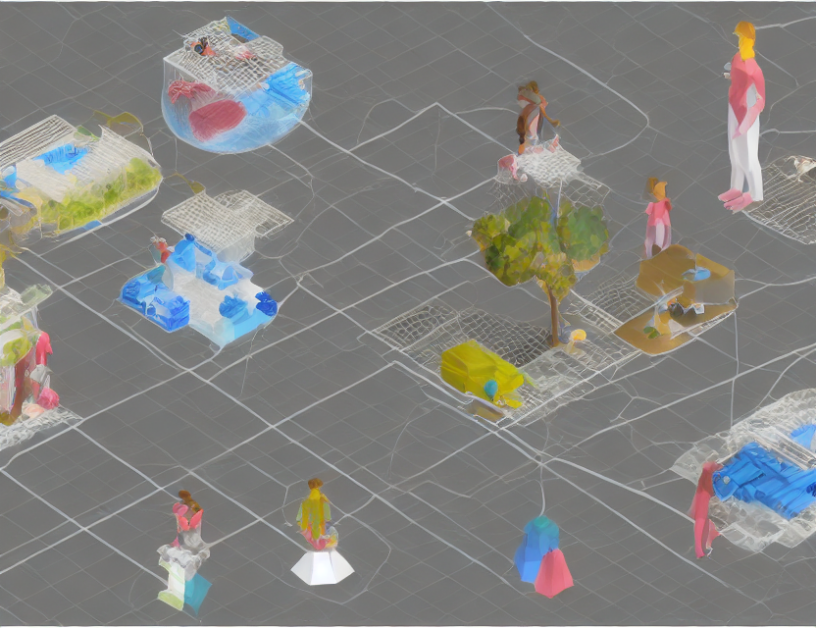Person search, a task critical in various applications such as surveillance and human-computer interaction, involves identifying individuals from images or videos. State-of-the-art methods rely on pre-trained models fine-tuned on specific datasets like CrowdHuman (Shao et al., 2018) or EuroCity Persons (ECP) (Braun et al., 2019). However, these models can perform poorly when applied to unseen domains due to differences in appearance and underlying distributions. To address this challenge, the authors propose techniques to enhance the generalization ability of pre-trained models for person search.
Domain discrepancy: The Key Challenge
The primary obstacle in applying pre-trained models across different domains is domain discrepancy. This refers to the gap between the distribution of training data and that of target data, which can lead to reduced performance. To overcome this challenge, the authors focus on developing strategies to adapt pre-trained models for person search in new domains.
Aware Embeddings: The Core Idea
The proposed technique relies on aware embeddings, a method that considers both the similarity between individuals and their differences in appearance. By learning an embedding space where individuals with similar appearances are close together while those with different appearances are farther apart, aware embeddings enable more accurate person search. This approach is particularly useful when dealing with domain discrepancy, as it takes into account the variations in appearance across different domains.
Norm-Aware Embedding: A Novel Approach
To address the issue of domain discrepancy, the authors propose a novel approach called norm-aware embedding. This method involves learning an embedding space where individuals with similar appearances are not only close but also have similar norms (i.e., the distribution of their features). By taking into account both similarity and norms, norm-aware embedding enables more accurate person search across different domains.
Momentum Contrastive Learning: A Key Component
Another crucial component of the proposed technique is momentum contrastive learning. This method involves training a model to predict whether two images depict the same person or not. By using this approach, the model can learn to recognize individuals in new domains more accurately.
Efficient Person Search: The Core Goal
The primary objective of the authors is to develop efficient person search techniques that can handle unseen domains with domain discrepancy. By proposing norm-aware embedding and momentum contrastive learning, they achieve this goal. Their approach enables accurate person search in new domains while reducing the computational cost compared to traditional methods.
Conclusion
In summary, the authors propose techniques for enhancing the generalization ability of pre-trained models for person search. By developing norm-aware embedding and leveraging momentum contrastive learning, they overcome domain discrepancy and achieve efficient person search in unseen domains. These advancements pave the way for more accurate and efficient person search applications in various fields.



